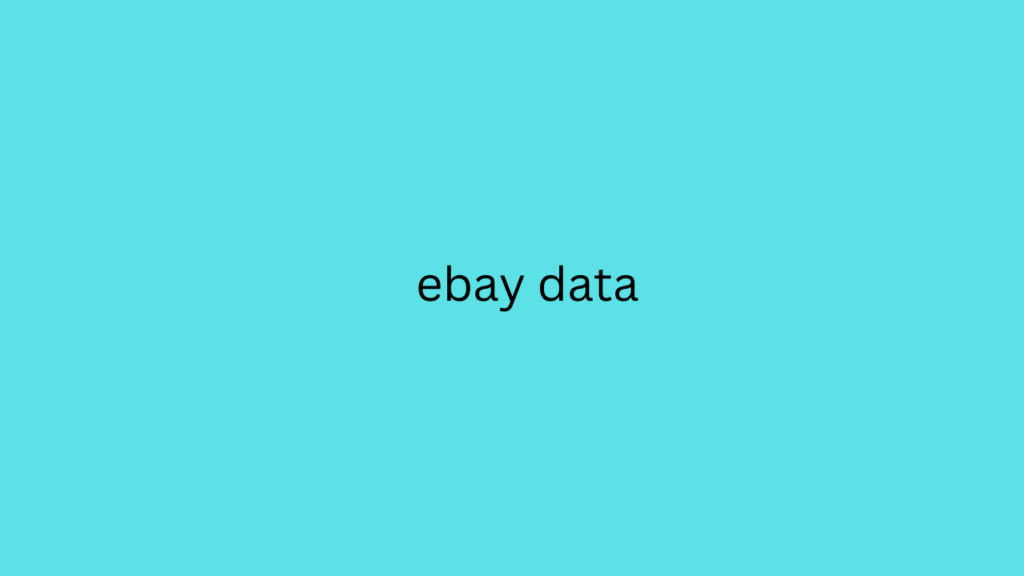Your cart is currently empty!
Geofencing Marketing: What is it and how does it work?
If you’re looking for innovative ways to connect with your target this cookie is used audience, consider geofencing.
Geofencing is the use of technology to create a virtual perimeter. It is used in marketing to identify and connect with potential customers based on their proximity to a certain location.
In this article, we will explain what geofencing marketing is, how it works, real-world examples, best practices, and more to help you support your digital marketing efforts.
What is Geofencing this cookie is used Marketing?
Geofencing marketing is a location-based marketing technique that involves establishing virtual boundaries (or “geofences”) around physical locations. Such as stores, events, or neighborhoods.
When someone with a mobile device enters these boundaries, it serves as a trigger. And with the right strategy, setup, and implementation, your business can send them personalized ads or notifications.
A personalized ad for a coffee shop on a mobile device
How Geofencing Works
Using geofencing for marketing relies on a combination of technologies, including global positioning system (GPS), mobile networks, and Wi-Fi.
For example, you could work with a development team ebay data to implement geofencing in your custom application— Microsoft and Google provide extensive documentation for developers on this.
But this type of investment is not feasible for most small and medium-sized businesses
A much simpler approach is to run location-based ads through Google or social media. With this approach, you leverage the geofencing capabilities that are already built into these platforms.
You create an ad for your coffee shop that you want to serve to people who come to your shop, whether they live nearby or come from other places.
When you set up your ad targeting, you define the specific geographic area you want to target. This should be set to a one-mile radius around your store.
With Google Ads, the process might look something like this:
When a user with a mobile device that allows Google to track them enters that area, Google recognizes that they are in the location you defined.
The user is now eligible to receive your coffee shop ad when they are in that defined area. This means they may see it when they browse a website that google is a fundamental step is part of the Google Display Network.
And since they’re close, they’re more likely to take advantage of the offer.
An infographic showing how geofencing marketing works
The Benefits of Geofencing Marketing
Geofencing marketing offers this cookie is used numerous advantages:
More precise targeting: Geofencing allows you to be more niche in your advertising targeting, ensuring your messages reach customers in close aleart news proximity to your business.
Personalization: Geofencing allows you to personalize messages, offers, and recommendations based on users’ location and behavior, improving the user experience and increasing the likelihood that they will become customers.
Customer Loyalty: You can use geofencing marketing to share personalized offers with mobile users and encourage loyalty.
